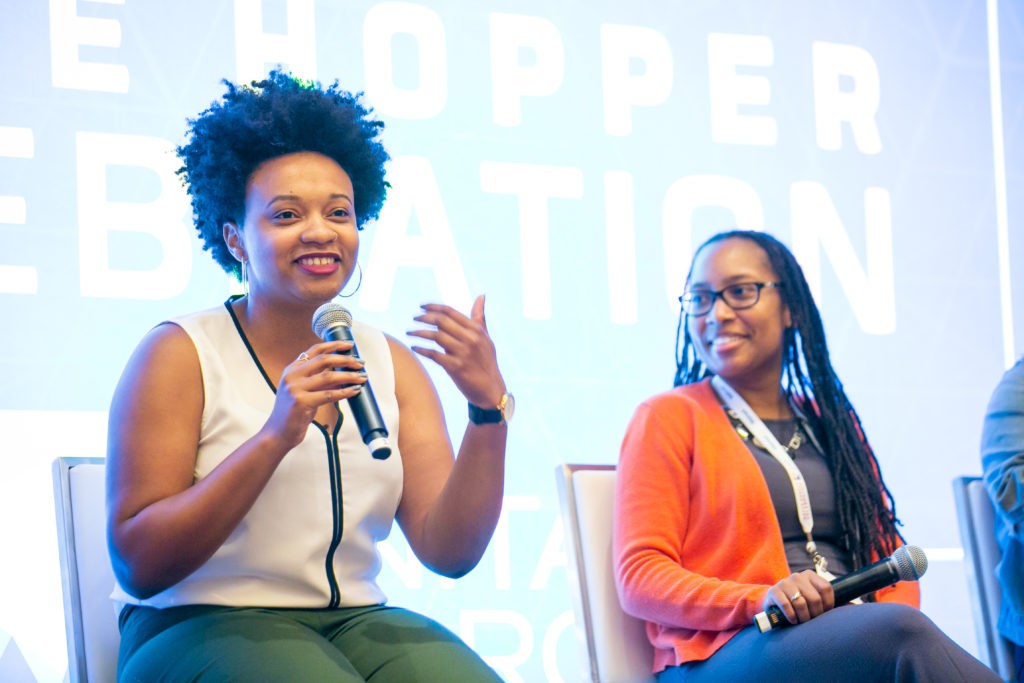Women comprised only 12% of all inventors named on U.S. patents granted in 2016. In 2018, Congress passed the SUCCESS Act, a law that directed the U.S. Patent and Trademark Office (USPTO) to conduct a study and provide recommendations to promote the participation of women, minorities, and veterans in the U.S. patent system.
In late October, the USPTO published their final report on the topic, as directed by Congress. The report included a review of all of the publicly-available information regarding the participation of women, minorities, and veterans in the patent system. According to the report, that information is limited in scope as it reveals “the bulk of the existing literature focuse[d] on women, with a very small number of studies focused on minorities, and only some qualitative historical information on U.S. veteran inventor-patentees.”
The available literature tells a dismal story. According to a report published by the USPTO in February 2019, women comprised 12% of all inventors named on U.S. patents granted in 2016, up from 5% in the mid-1980s.
Overall, there is a need for additional information to determine the participation rates of women, minorities, and veterans in the patent system.
The report includes a list of new USPTO initiatives and legislative recommendations for increasing the participation of underrepresented individuals as inventor-patentees and entrepreneurs. The initiatives include measures such as educational outreach, incentivizing more diverse patentees, and working across other federal agencies to engage the workforce in intellectual property training.
Legislative recommendations included giving the USPTO more authority to collect data from patentees, enabling data sharing across federal agencies, and expanding the purpose of existing workforce development programs to also promote innovation and entrepreneurship goals.
Why it Matters
So little is known about the participation of women, minorities, and veterans in the U.S. patent system, and what is known indicates that they are vastly underrepresented. In many ways, participation in the U.S. patent system is a bellwether for the diversity, highlighting inequitable access to support for innovators and entrepreneurs writ large.
Not only are women and people of color underrepresented in patents, but until recently there was no stated goal on behalf of the federal government to gather more information on why that is or ultimately how to address the problem. The report’s recommendations offers next steps for better understanding this problem. As is often the case with issues of equity, data collection and transparency will be crucial to addressing the underlying barriers to entry for women in entrepreneurship and invention.
What Next
With the release of the report, it’s likely that Congress will begin to evaluate the USPTO’s recommendations in 2020. If you’re interested in learning more about this issue, you can read the full report and recommendations from the USPTO, and encourage your Congressional representation to take up the legislative recommendations.
If you’re looking for more information on this topic, we encourage you to explore the research conducted at the Institute for Women’s Policy Research, which has dedicated publications and testimony specifically around engaging more women in the patent process.
Read more posts from the thread A Call for Change: Why Supporting Black Women-Led Nonprofit Organizations is Crucial


